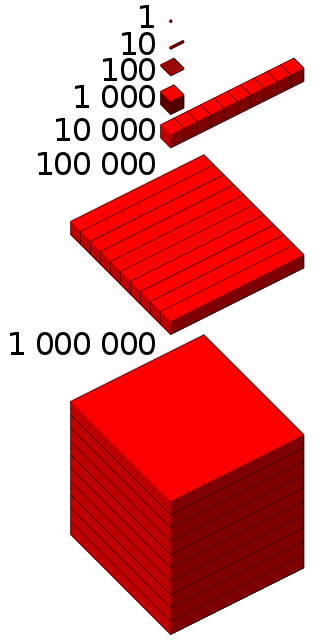19 (nineteen) is the natural number following 18 and preceding 20. It is a prime number.
222 is the natural number following 221 and preceding 223.
23 (twenty-three) is the natural number following 22 and preceding 24.
25 (twenty-five) is the natural number following 24 and preceding 26.
31 (thirty-one) is the natural number following 30 and preceding 32. It is a prime number.
58 (fifty-eight) is the natural number following 57 and preceding 59.
63 (sixty-three) is the natural number following 62 and preceding 64.
220 is the natural number following 219 and preceding 221.
1000 or one thousand is the natural number following 999 and preceding 1001. In most English-speaking countries, it can be written with or without a comma or sometimes a period separating the thousands digit: 1,000.
300 is the natural number following 299 and preceding 301.
700 is the natural number following 699 and preceding 701.
600 is the natural number following 599 and preceding 601.
800 is the natural number following 799 and preceding 801.
4000 is the natural number following 3999 and preceding 4001. It is a decagonal number.
124 is the natural number following 123 and preceding 125.

1,000,000, or one thousand thousand, is the natural number following 999,999 and preceding 1,000,001. The word is derived from the early Italian millione, from mille, "thousand", plus the augmentative suffix -one.

1,000,000,000 is the natural number following 999,999,999 and preceding 1,000,000,001. With a number, "billion" can be abbreviated as b, bil or bn.
252 is the natural number following 251 and preceding 253.
276 is the natural number following 275 and preceding 277.
The centered icosahedral numbers and cuboctahedral numbers are two different names for the same sequence of numbers, describing two different representations for these numbers as three-dimensional figurate numbers. As centered icosahedral numbers, they are centered numbers representing points arranged in the shape of a regular icosahedron. As cuboctahedral numbers, they represent points arranged in the shape of a cuboctahedron, and are a magic number for the face-centered cubic lattice. The centered icosahedral number for a specific is given by



